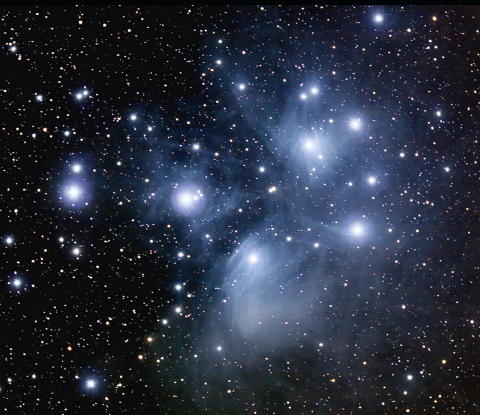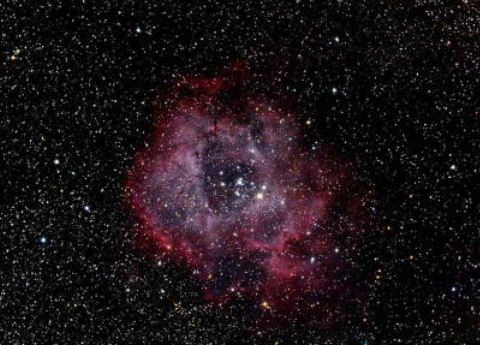WEST VIRGINIA RADIO TELESCOPE LEADING SEARCH FOR EXTRATERRESTRIAL INTELLIGENCE - New Earth-Like Planet Discovered


Photos taken of universe from Calhoun County Park
UPDATE - The Kepler mission, that focuses on searching for Earth related planets has been on-going, is announcing the discovery of a planet, calling it "the most Earth-like planet yet."
It has been named Earth 2.0.
It is 1,400 light years from earth.
The planet orbits a star just like the earth orbits the sun, the distance from the planet to the star is similar and the period of orbiting is also closely related.
It has all the right traits to contain water which is a major factor when it comes to supporting life.
"It's in the right place for liquid water to be on the surface which is one of the things that led to life on earth," said Loren Anderson, Assistant Professor of Physics and Astronomy at West Virginia University.
ORIGINAL STORY - Are we alone in the universe?
Eminent physicist Stephen Hawking believes the answer to the question is no, discounting that life arose spontaneously on Earth in an infinite universe.
"There must be other occurrences of life," Hawking said.
The Robert C. Byrd Green Bank Telescope in Pocahontas County will be one of two large telescopes used in a 10-year, $100 million search for extraterrestrial intelligence, called Breakthrough Listen.
"NASA is funding research to look for habitable planets in nearby star systems, but no one in the federal government is funding studies for looking for radio signals from other civilizations," said Earl Scime, chair of West Virginia University's Department of Physics and Astronomy.
In the coming decade, the nearest 1 million stars in the Milky Way Galaxy along with 100 other galaxies will be scanned for tell-tale radio signatures of advanced civilization, according to information from the National Radio Astronomy Observatory in Green Bank.
The Green Bank Telescope is the world's largest, fully steerable radio telescope and is located in the National Radio Quiet Zone, protecting it from unwanted radio interference.
The other telescope that will be used is the CSIRO Parkes Radio Telescope in Australia.
Scime noted Frank Drake, a radio astronomer, pioneered the search for extraterrestrial intelligence when he launched Project Ozma at the Green Bank Telescope in the early 1960s.
"The Drake Equation that Drake developed back in the 1960s basically argued that there was such a high probability of life and there were so many different places it could be, that eventually you would find something," Scime said when asked what scientists could potentially locate while searching the universe.